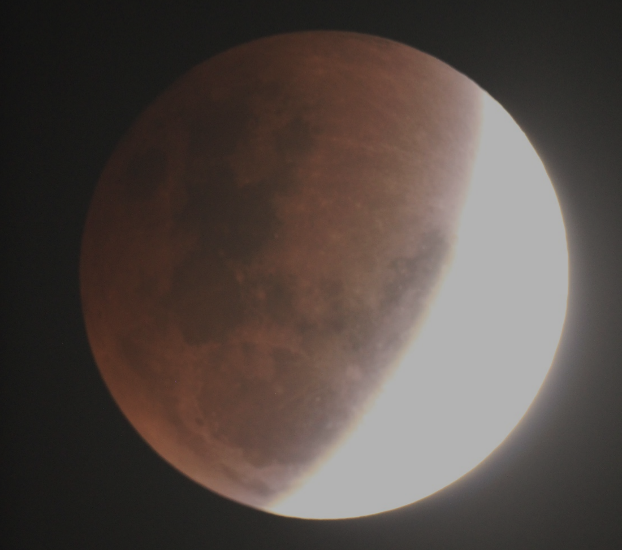Celestial Event
Total Lunar Eclipse on 7–8 September 2025: The Final Blood Moon of the Year
Published on September 1, 2025 by Mr. Nishant Gor
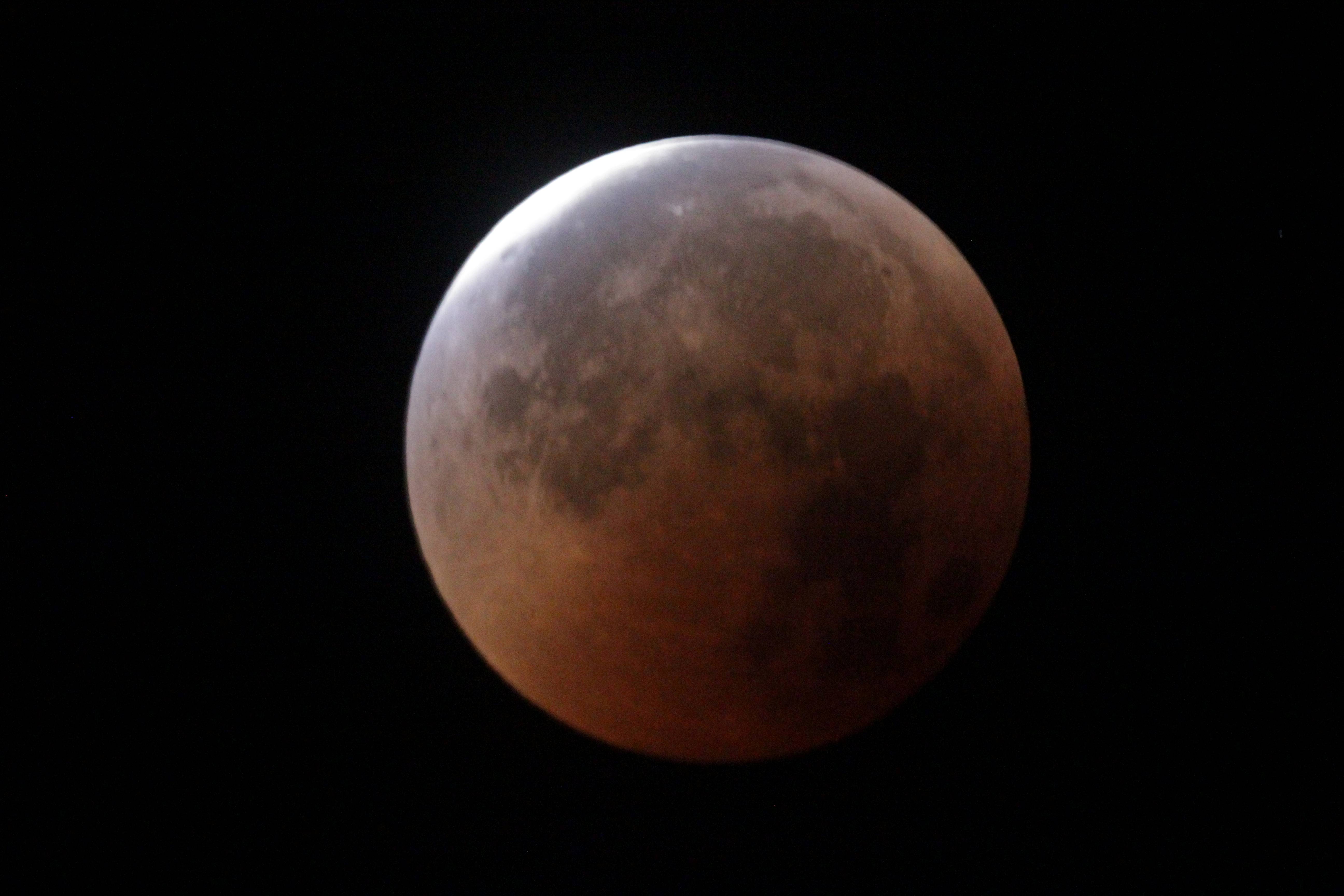
As the air turns cooler and nights become richer, skywatchers are preparing for an extraordinary celestial spectacle. On the night of September 7–8, 2025, the Moon will enter Earth's shadow, creating a dramatic and rare event: a Total Lunar Eclipse, also known as a Blood Moon.

What’s Happening — Scientific Details
- Type: Total Lunar Eclipse
- Date: Begins late on September 7, ending early on September 8, 2025
- Totality Duration: A striking 82 minutes, the longest lunar total eclipse since 2022.
- Global Reach: Visible from Asia, Australia, Africa, and Europe—over 85% of the world’s population will have at least partial visibility.
Eclipse Timeline
| Phase | Time (UTC) | Time (IST) |
|---|---|---|
| Penumbral begins (P1) | 15:28:21 | 08:58:21 PM |
| Partial begins (U1) | 16:27:02 | 09:57:02 PM |
| Totality begins (U2) | 17:30:41 | 11:00:41 PM |
| Greatest Eclipse | 18:11:43 | 11:41:43 PM |
| Totality ends (U3) | 18:52:47 | 12:22:47 AM (Sep 8) |
| Partial ends (U4) | 19:56:26 | 01:26:26 AM (Sep 8) |
| Penumbral ends (P4) | 20:55:00 | 02:25:00 AM (Sep 8) |
The full eclipse, including penumbral and partial phases, spans nearly 5 hours and 27 minutes.
Why the Moon Turns Red — Rayleigh Scattering
Unlike solar eclipses, lunar eclipses are safe to observe with the naked eye. As Earth blocks direct sunlight, some light refracts and travels through our atmosphere to reach the Moon. Here, Rayleigh scattering plays its role—shorter blue wavelengths scatter away, while longer red wavelengths bend through, imparting a reddish hue to the Moon. This gives us the stunning “Blood Moon” effect.
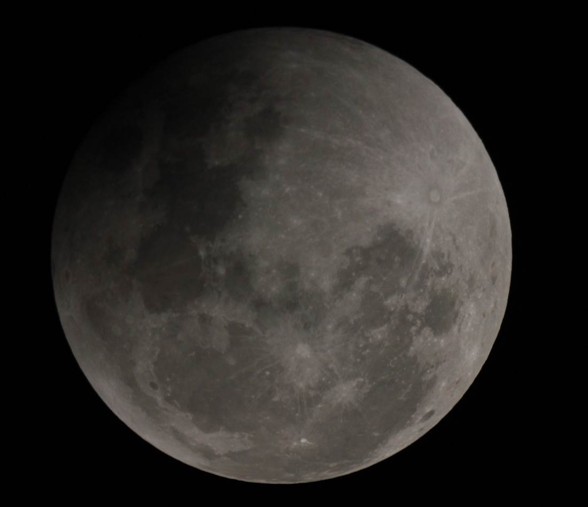
Why This Eclipse Is Especially Significant
- One of only two total lunar eclipses in 2025—the first occurred on March 13–14, and this will be the final one.
- Its long total eclipse phase (82 minutes) makes it a rare and dramatic event.
- The eclipse occurs just 2.6 days before the Moon reaches perigee, meaning the Moon will appear slightly larger in diameter—a mini-supermoon effect.
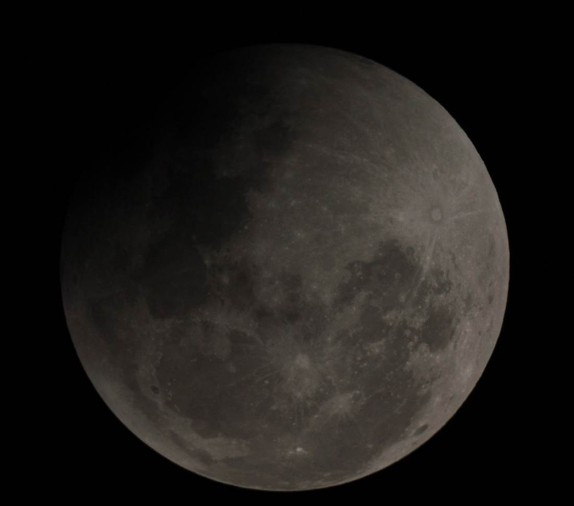
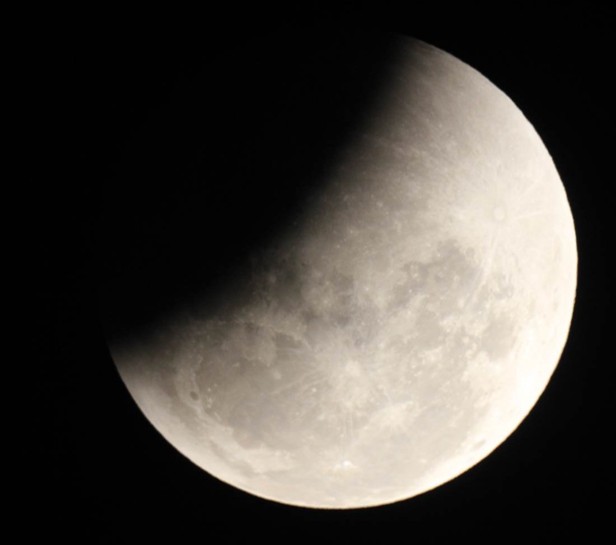
Astronomy Meets Culture: The Blood Moon in Indian Tradition
In Hindu tradition, lunar eclipses were once feared—linked to myths about Rahu and Ketu, the shadow planets. Today, we understand eclipses through science. The Blood Moon beautifully demonstrates how Earth’s atmosphere affects light—an elegant mix of nature and cosmos. Modern astronomy invites us to observe without fear, learn deeply, and marvel consciously.
Tips for Viewing and Photography
- Find a dark, open location, away from city lights.
- Use binoculars or a small telescope to view lunar features clearly.
- Timelapse photography or long exposures can capture the vivid red tint.
- Share your experience with the community—your observations inspire others.
Follow us for updates and guidance from StarGazing India.
Conclusion
The September 7–8, 2025 Total Lunar Eclipse is more than a fleeting spectacle; it’s a fusion of science, culture, and cosmic beauty. Whether you are a seasoned stargazer or a curious first-time observer, this Blood Moon promises to leave a lasting impression.
Let us celebrate curiosity, understanding, and awe under the crimson Moon.
